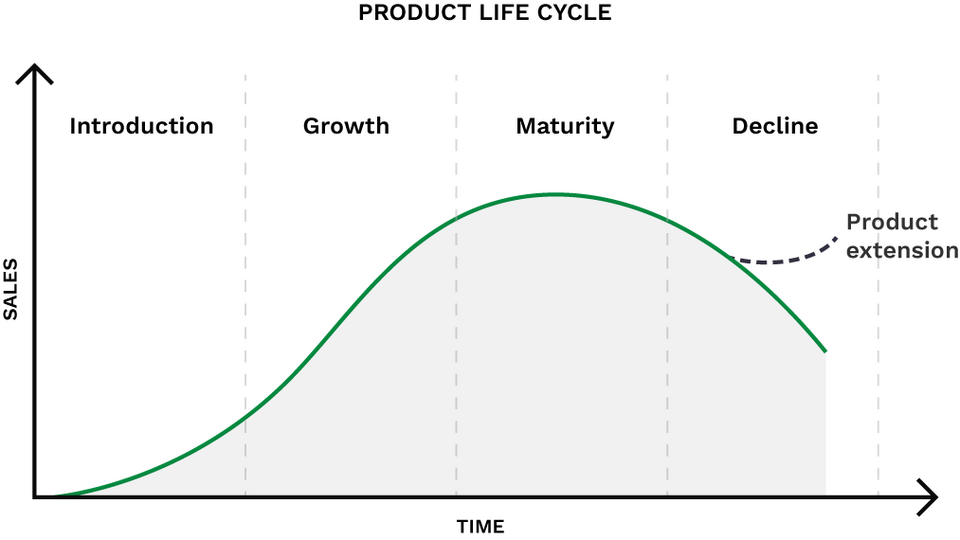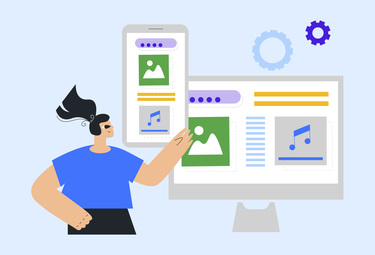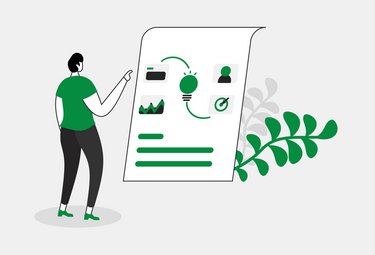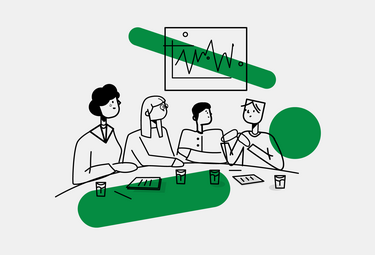The concept of the product life cycle comes from marketing theory and is worth knowing - especially if you are involved in the development of an IT project or product. A cycle is the period during which a product is available on the market and consists of several phases of varying length. Each phase has a well-defined sequence, but their duration is individual depending on the system in question.
Life expectancy of information systems
Each product or project must go through four phases:
- Market introduction
- Product growth
- Maturity
- Decline

The first phase mostly applies to startups and involves product development. A business model should be prepared to carefully analyze the idea and find the best solutions for user problems. In the case of an online product, it is good to create a Minimum Valuable Product (MVP), which allows us to verify the business model at an early stage and creates space for possible corrective actions. It is also necessary to find an initial customer group and analyze their opinions about the product.
Moving to the second phase means that the product has been launched, which allows interaction with the end customer. Sales activities are then conducted to attract new consumers. During the second phase, the role of the Product Manager is also quite important - he or she decides what activities will bring the greatest benefit and profit to the company.
The third phase is the full maturity of the product - sales have reached the maximum, the product is profitable, but the company begins to lack ideas for its further development. The Product Manager can then carry out a pivot, a change in the elements of the business model in order to prolong its longevity. With this action, the product will transform and thus avoid moving to the last phase.
Decline is the last phase of a product's existence. Customers begin to leave, sales decrease, and when maintenance costs exceed revenue, the product should be withdrawn from the market.
Due to constantly evolving technology, IT products have a shorter lifespan than many everyday items. Improvements must therefore constantly be made to meet the changing demands of users. There are new needs and suggestions that need to be implemented in order to retain current customers and gain new ones. This is also the time to decide whether it is better to maintain the product or implement an innovation to it. We wrote more on this topic here. To better visualize the issues at hand, let’s look at a real life example, like the one described below.
Openness to implementing modifications to IT systems
At OnlineIdea, we are in constant dialogue with customers and often suggest possible solutions aimed at upgrading a given product. Meetings with clients are a standard activity - we then hold discussions on possible improvements, which often take the form of workshops.
One example of a project that is part of the trend of continuous improvement is the www.miasta.pl application created for the Association of Polish Cities [APC]. The system was implemented in 2016 and has been continuously modified since its creation. Following users' needs, we regularly introduce improvements to upper the standard of use of the website and admin panel by APC. In 2022, we kicked off a project with the intention to complete revamp the system. In the case of the backend, we have made a number of significant administrative changes, along with updating all of the components, the database and migrating to cloud infrastructure. Major changes also took place in the appearance of the site, which is used by regular users. In cooperation with the client, we co-created a new structure for measuring the effectiveness of the portal. Each page now has a well-defined goal, which is linked to measurable performance indicators. These, in turn, are constantly monitored and corrective actions are implemented in case of any deviations. The element most visible to the user of the site, of course, is the new graphic design, which was based on the new UX design of the site.
Summary
As pictured above, the need to constantly make changes to IT systems is important due to ever-changing user needs and technological advances. IT products have a shorter lifespan, so it is important to maximize their usability and adapt them to business requirements.





